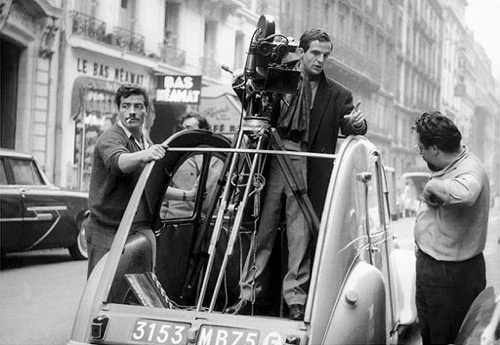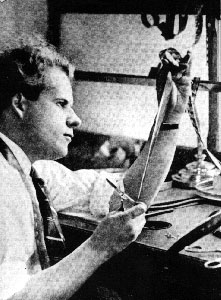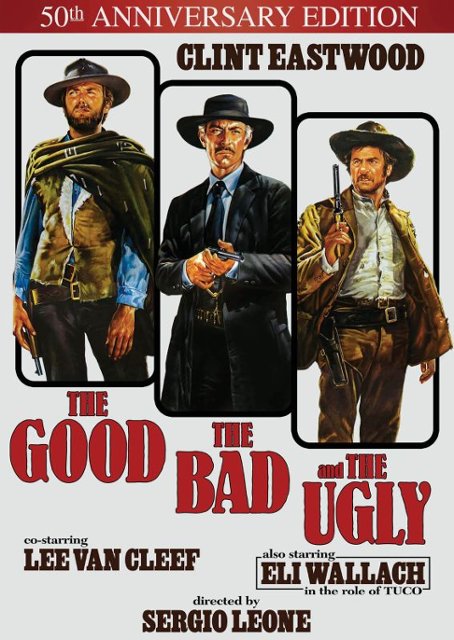Daily Archives: January 29, 2019
Filters
Favorite Scene in Citizen Kane
Key Films and Directors in Hollywood
Breathless
Breathless is 1960s New Wave French Crime drama written and directed by Jean-Luc Godard. One of the most earliest attempts of French New Wave cinematography with other attempts from a year earlier from Francois Truffaut’s drama The 400 Blows and Alain Resnais’ romantic drama Hiroshima, Mon Armour. Yet his one brought more international acclaim to this new style of filmmaking by unusual it was. The New Wave style was emerged in the 1950s as people in the film industry wanted to reject the traditional film culture and create there own form of film through different techniques and experimentation while bringing topics of the era into their films. New wave is seen as revolutionary in film history by using small and portable equipment while filming in a documentary type of style what helped creating more realism in those films especially. Godard was also follower of auteur theory what came to prominence in the 1940s what was theory that sound and editing could create a more powerful message than plot. Cultural influences went into many other artistic forms such as music with Miles Davis’ Milestone, and Jack Kerouac On the Road as well as going into art with Jackson Pollock with Number 9. This this film was also made in during the Algerian War what pushed the movement even further into the spotlight of film with Goddard even producing a film 1960 The little soldier on the events of the war, it was banned until 1963 as it showed the torture the French had used. This showed further rebelling New Wave artists who wanted involve current events into their films.

Breathless and New Wave as a whole inspires many work clearly, however this seemingly had a big affect on crime films, Biopics and any type of drama. As these genres would never become as realistic as they were without New Wave. One crime film likely that wouldn’t of been as close as a success would of been Brian De Palma’s 1983 Scarface that uses New Wave techniques such bringing era relevant topics such as Cuba refugees while the cinematography feels some what similar to the style, he also incorporates auteur theory into his work. It may of also had an influence on how Tony is left by his wife in the movie and that he he dies at the end while refusing to go down. Just like in the film where Patricia no longer wants to be involved and Michel dies when refusing to go to jail. It may of had influence on movie deaths such as in James Mangold’s Logan the impact of final words occur in both. Florian Henckel von Donnersmarck’s The Tourist plot may have been heavily inspired by Breathless, with a runaway criminal finding love. The biggest influence from this style is Quentin Tarrantino who clearly focuses less on story in all his movies and uses everything else in the movie to tell more of a plot. Can be seen in movies such as Kill Bill or The Hateful 8 where focus on story is less focused on and so makes it more unique to the class of directors Tarrantino is in. Pulp Fiction is another film by Tarrantino inspired by New Wave by having a very similar style while in both movies they use smoking scenes to create more character depth as they are similar to the interactions in Breathless. The hand hold technique of cameras changed cinema clearly though as likely inspired the hand held camera movement in films such as the Blair Witch Project and Cloverfield where they are filmed by handheld camera. This brought more realism and fear to the scenes in those films as they were so real as it mostly used what were around them in filming, and less CGI effects.

Strike
Strike is a 1925 Soviet silent film and directed by film pioneer Sergei Eisenstein who was releasing his first feature film. A unfinished project supposed to be in seven parts but was released as six smaller parts in one part of the uncompleted series. Sergei Eisenstein is famously the creator of film montage and his most famous being Battleship Potemkin. He would later learn other continents film techniques in later life but where he originally learned film was at the VGIK a film institute in Moscow founded in 1919 by Vladimir Gardin a year after the Bolshevik takeover of the Government and is the oldest film institute. At the time of release Vladimir Lenin had just died a year before and Stalin was starting to try to take power so there wasn’t any censorship on this piece of work. However the political views of the time still come through by still strong hate towards the Tsarist regime before 1917. This new regime led to the Soviet Fine Art movement what was either propaganda or way telling views during the civil war. Examples of this is before the Bolshevik takeover the Supremacist Composition 2 by Kazimir Malevich or after the civil war the book “Book in all branches of Knowledge” by Alexander Ronchencho.

Intellectual method is used in both the beginning of the movie and end by linking people to animals. In the earlier scenes when showing the characters and connecting them to animals by showing it then the person copying traits as a way to show there nicknames. Its also used at the end where the cow being slaughtered is used to imply that all the people running are being executed. What Eisenstein gets from this affect is showing emotion, and character in a silent film. By giving examples of animals such as the cow it suggests to the audience the people are screaming in pain, without showing the faces or having to hear the screams. Tonal Editing method is used very interestingly in this movie by how at the beginning they used shadows and light to show the hard of the workers as well as showing the dark gritty environment they are in. The shadows in the scene is to show the Soviet audience at the time, the harsh realities of being under Tsar as its used as the shadow of the past. The over tonal that brings together metric editing, rhythmic montage and tonal editing method together c an be all seen in the actual strike through the pace of it as it adds drama to the scene, as well as the tone constant throughout to match the speed. While the lighting changes between the darkness behind the door and the brightness outside with all the workers. Sergei likely did this to imply to the audience outside is hope while inside working is doom. The transition in the movies are very smooth and well done between scenes as they Eisenstein uses montage techniques such as instruments to a moving group of people going up a hill. The pace of the whole movie as a whole can be seen as a way to bring the theme in patience to the core of the entire film as a whole.

Strike has inspired a lot of films through many different means, even it is small. One influence many would not notice is by the similarities in the opening between this films comparing people to animals and Sergio Leone’s The Good, the Bad, and the Ugly where he introduces the characters by the words. This scene clearly has inspired the latter by how comparable they are. Though the main clear inspiration from Strike is Rocky and The Karate Kid where John G. Avildsen has been inspired to create films that support certain themes from Strike while using certain Sergei Einstein techniques such as the montage scenes in both movies for training to create the emotion of succeeding and discovering potential. Collectivism is one of the main themes in this film and it likely inspired the genre, especially the Bruce Lee movie Fists of Fury where Lee’s character seeks both revenge and respect from a rival Japanese school who is trying to destroy his school, while insulting Chinese culture in the process. The ending with the slaughtering of the cow seems to be a direct influence to the ending of Apocalypse Now identical ending of the Slaughtering of the water buffalo. Ryan Coogler the director of Creed takes inspiration from montage while in Black Panther he uses the ideas of collectivism.


The Owl
